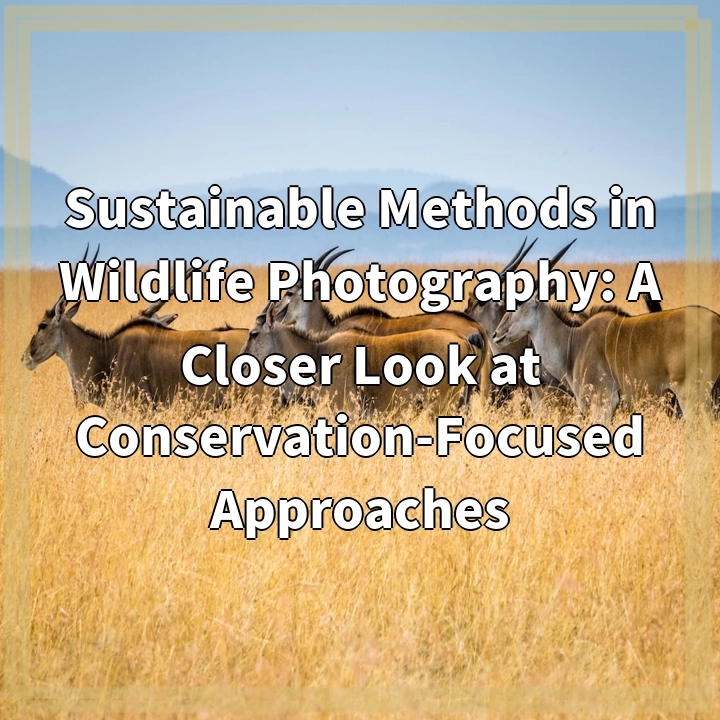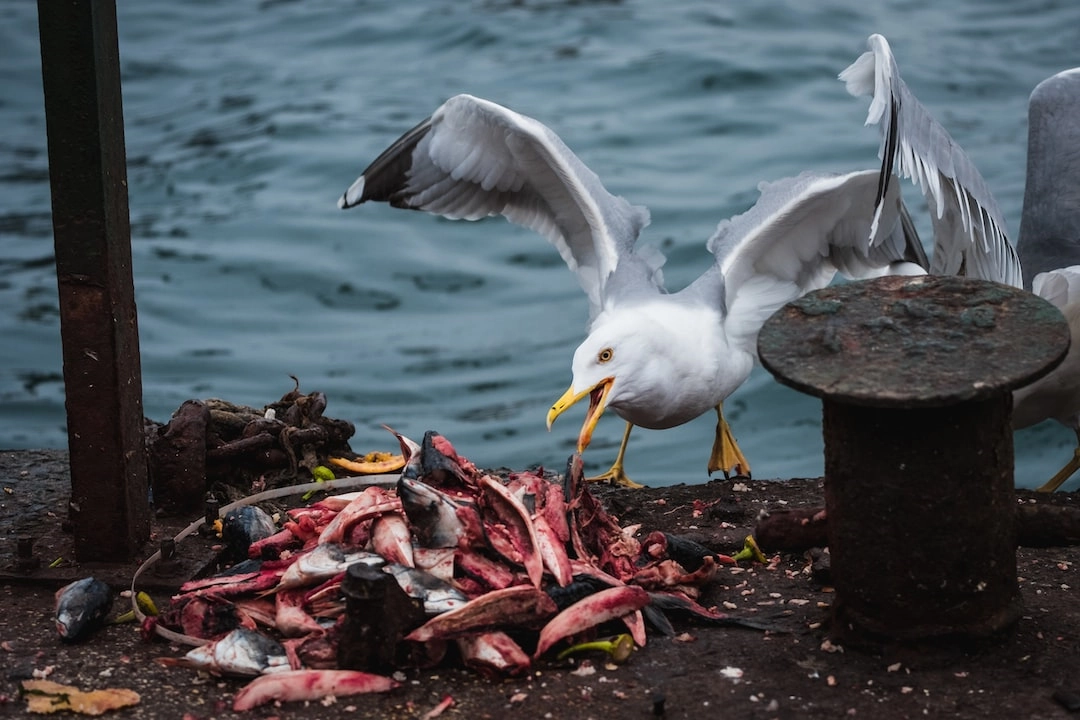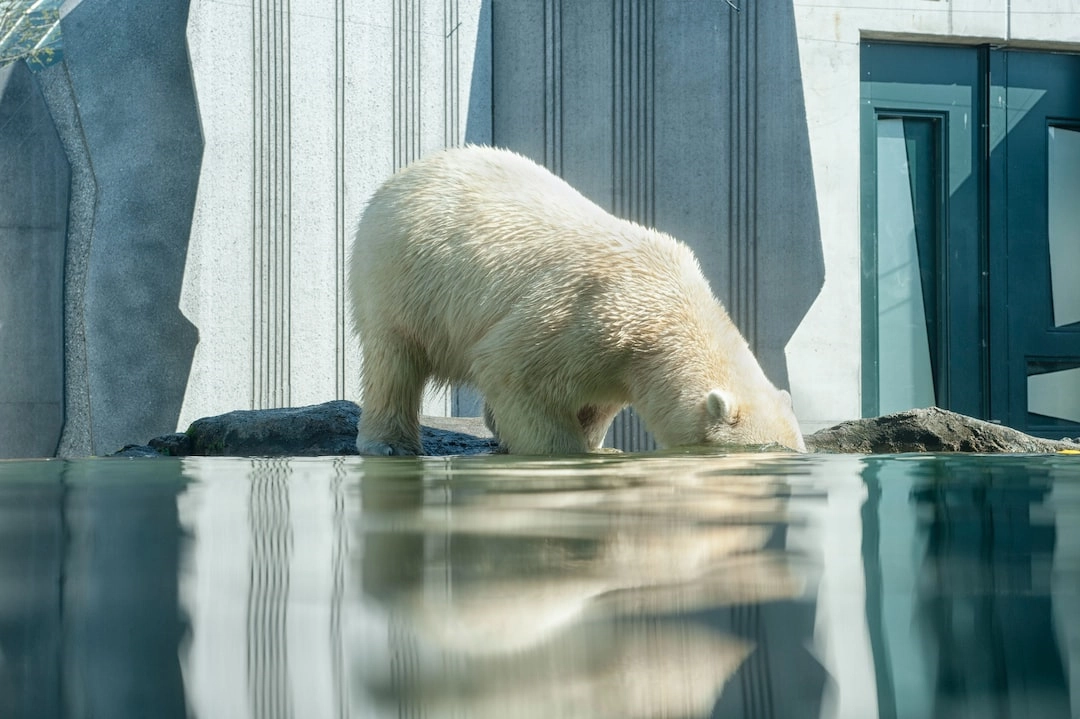
What it is:
Wildlife photography is a popular form of art and a powerful tool for raising awareness about the beauty and fragility of our natural world. However, traditional methods of wildlife photography can sometimes have unintended negative impacts on the subjects and their habitats. This has led to the emergence of sustainable methods in wildlife photography, which prioritize ethical considerations and conservation-focused approaches.
Real-World Problems:
Despite its noble intentions, wildlife photography faces several challenges when it comes to adopting sustainable practices.
1. Disturbance of Wildlife:
One of the main problems associated with wildlife photography is the potential disturbance it can cause to the animals and their natural behavior. Getting too close or invading their personal space can disrupt their feeding, mating, or nesting patterns, leading to stress or abandonment of their young. This interference can have long-lasting negative effects on the overall well-being and conservation of the species.
2. Habitat Destruction:
Another issue is the unintentional destruction of habitats caused by photographers or their entourage. Trampling on delicate vegetation, causing erosion, or disturbing nesting sites can have severe impacts on the fragile ecosystems that wildlife relies on for survival. Protecting the habitats from unnecessary damage is essential for the preservation of biodiversity.
3. Overlooking Local Communities:
In some cases, the focus on capturing the perfect shot can overshadow the importance of engaging with local communities. Wildlife photography projects that fail to involve and support the communities living around the areas being captured may unintentionally contribute to socio-economic imbalances or disregard the needs and perspectives of those most affected by conservation efforts.
4. Ethical Challenges:
A key challenge in sustainable wildlife photography is the ethical considerations surrounding photo manipulation, baiting, or disturbing the natural behavior of animals for the sake of capturing a compelling image. These practices can compromise the integrity of wildlife photography and undermine the credibility and trust between photographers and their audience.
Addressing these real-world problems requires a shift in mindset, increased awareness, and the adoption of conservation-focused approaches by wildlife photographers. By embracing sustainable methods and ethical practices, photographers can contribute to the preservation of wildlife and their habitats while continuing to inspire and educate viewers about the wonders of the natural world.

Solutions: Conservation-Focused Approaches in Wildlife Photography
Addressing the challenges faced by wildlife photography requires adopting sustainable methods and conservation-focused approaches.
1. Responsible Photography:
Photographers should prioritize the well-being of wildlife by maintaining a safe distance, using telephoto lenses, and observing ethical guidelines. Respecting the natural behavior and boundaries of animals helps minimize disturbance and stress.
2. Habitat Preservation:
Conservation-minded photographers should take steps to protect habitats by staying on designated paths or using existing blinds and hides. By avoiding damage to vegetation and sensitive areas, they contribute to the long-term survival of wildlife and their ecosystems.
3. Community Engagement:
Building partnerships and involving local communities in wildlife photography projects is essential. This collaboration ensures that conservation efforts address the needs and perspectives of those who live alongside wildlife and promotes socio-economic sustainability.
4. Ethical Considerations:
Responsible photographers should prioritize ethics by avoiding manipulative practices or compromising the natural behavior of animals. Taking authentic photos that genuinely depict the natural world can help maintain the integrity and credibility of wildlife photography.
By embracing these solutions and promoting sustainable methods, wildlife photographers can contribute to the conservation of species and their habitats while inspiring others to appreciate and protect the wonders of the natural world.















